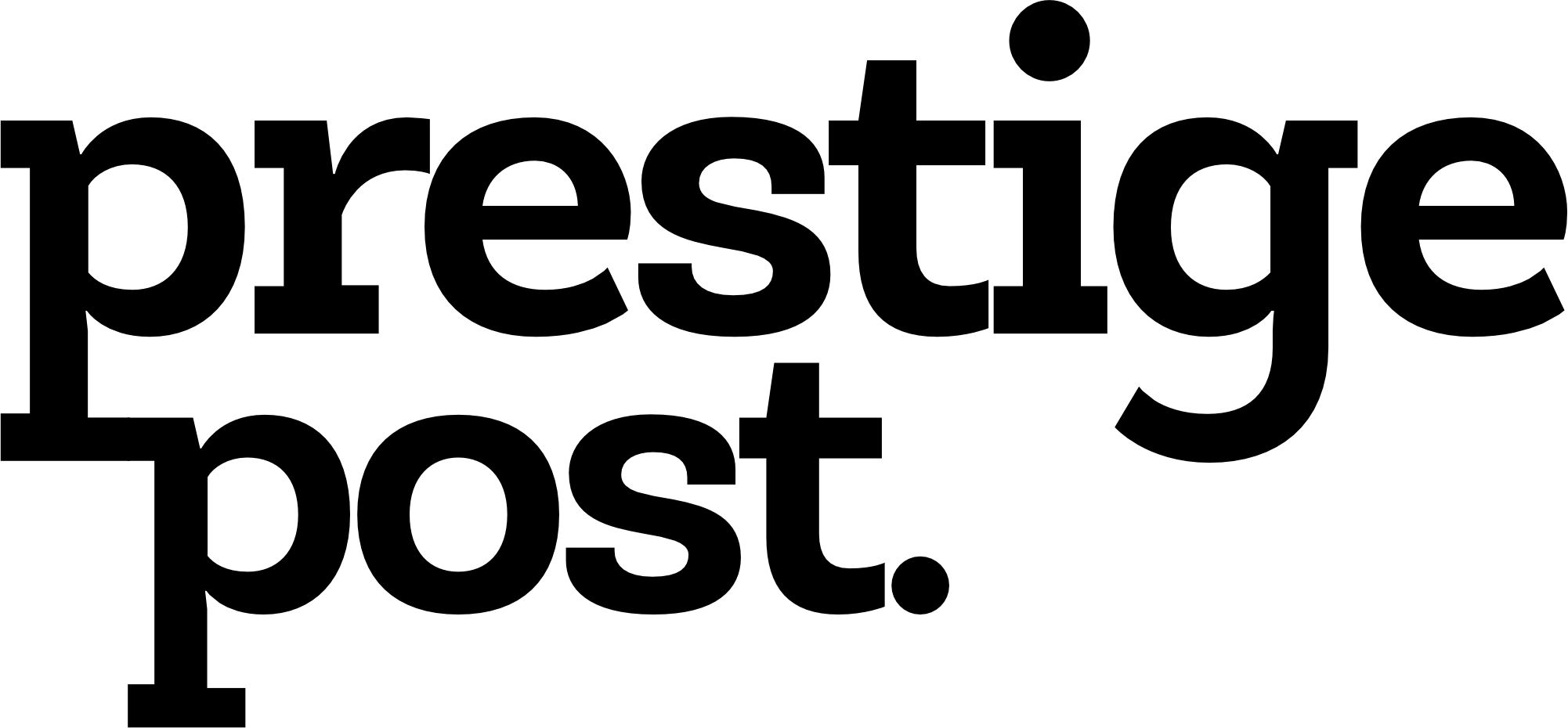When the clock struck midnight and 2025 began, millions of American workers welcomed not only a new year but also a brighter financial future. Across 21 states, minimum wage increases went into effect, bringing tangible relief to those who have long struggled to keep pace with the rising cost of living. These adjustments, which range from incremental increases to substantial raises like Delaware’s $1.75 hike, are expected to affect over 9.2 million workers, adding an estimated $5.7 billion in annual wages, according to the Economic Policy Institute (EPI).
In addition to state-level changes, dozens of cities and municipalities implemented local minimum wage hikes, with many in high-cost areas such as California, Colorado, and Washington taking the lead. These local initiatives often exceed state minimums, acknowledging that workers in these regions face unique economic pressures. However, the increases are not without limitations. Analysts caution that even with these boosts, many wages remain insufficient to offset years of inflation and stagnant pay levels. “While these wage hikes are a step in the right direction, they may still fall short in regions where the minimum wage hasn’t been revisited for years,” remarked EPI’s Sebastian Martinez Hickey.
The economic context amplifies the significance of these changes. A period of unprecedented inflation, coupled with the lingering impacts of the COVID-19 pandemic, has deepened financial inequalities, leaving millions of low-income workers grappling with economic uncertainty. The federal minimum wage, which has remained fixed at $7.25 an hour since 2009, no longer reflects the realities of today’s economy. As a result, workers in 20 states with minimum wages at or below the federal level face increasing difficulties, while those in five states without any wage floor—Alabama, Louisiana, Mississippi, Oklahoma, and Tennessee—are left particularly vulnerable.
Despite stalled efforts in Congress to raise the federal minimum wage, state-level initiatives have gained momentum. In California, a sector-specific minimum wage hike for fast-food workers, implemented in April 2024, drew national attention. This bold policy raised hourly wages by $4 to $20, setting a new benchmark for industry-specific wage standards. Yet, the decision was not without controversy. Critics argued that such dramatic increases could lead to job losses, higher consumer prices, and even business closures. These concerns have fueled debates over the broader implications of wage hikes.
Empirical studies, however, offer a more balanced view. Research from Harvard University and the University of California, Berkeley, indicates that California’s fast-food wage law has significantly improved workers’ financial security with minimal disruptions to staffing or business operations. Moreover, findings from the University of Michigan reveal that minimum wage increases generally uplift low-wage workers without causing widespread harm to independent businesses. According to Nirupama Rao, a co-author of the study, businesses often manage wage increases through enhanced productivity and adjusted pricing strategies, enabling them to maintain operations while improving workers’ earnings.
“The debate over minimum wage hikes often overlooks their real-world benefits,” Rao explained. “Our research shows that even modest increases can lead to significant income gains for workers, particularly those in lower-wage positions. For many, an additional $1,500 per year represents a transformative change.”
As states and cities take the lead in addressing wage disparities, the new policies serve as a powerful testament to the ongoing fight for economic justice. For millions of workers, these increases are more than a financial adjustment; they are a lifeline, offering hope and stability in an increasingly uncertain economic landscape.









